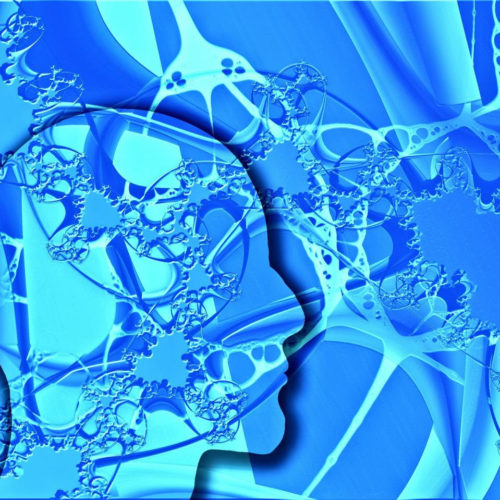SCUOLA INTERNAZIONALE SUPERIORE DI STUDI AVANZATI IMAGE: THE SCIENTISTS DEVELOPED AN EXPERIMENTAL TECHNIQUE ABLE TO DETECT THE PROTEIN TDP-43 EVEN WHEN IT IS PRESENT IN THE BODY IN MINUTE QUANTITIES AND IN THE EARLIER STAGES OF DISEASE. A test to diagnose two very serious diseases such as ALS and FTD when the pathologies have not...
Tag: <span>frontotemporal dementia</span>
RNA quality control system goes awry in frontotemporal lobar degeneration
by Osaka University Researchers at Osaka University have identified a fault in the RNA quality control system of cells that leads to the haywire production of toxic proteins in frontotemporal lobar degeneration and amyotrophic lateral sclerosis (FTLD/ALS). Their new study, published in the EMBO Journal, shows that an abnormality of the C9orf72 gene produces toxic...
Beta-arrestin-2 increases neurotoxic tau driving frontotemporal dementia
University of South Florida study suggests a new approach to inhibit the buildup of brain damaging tau tangles associated with frontotemporal dementia and Alzheimer’s disease UNIVERSITY OF SOUTH FLORIDA (USF HEALTH) TAMPA, Fla. (Feb. 17, 2020) — The protein β-arrestin-2 increases the accumulation of neurotoxic tau tangles, a cause several forms of dementia, by interfering...
Research reveals how the most common ALS mutation dooms cells
St. Jude Children’s Research Hospital scientists offer insight into the toxicity at the heart of devastating neurological disorders ST. JUDE CHILDREN’S RESEARCH HOSPITAL St. Jude Children’s Research Hospital scientists have cracked the mystery surrounding the most common genetic cause of amyotrophic lateral sclerosis (ALS), or Lou Gehrig’s disease. The research suggests possible new approaches to diagnosis and treatment of the lethal disorder. The findings appear online...
- 1
- 2


